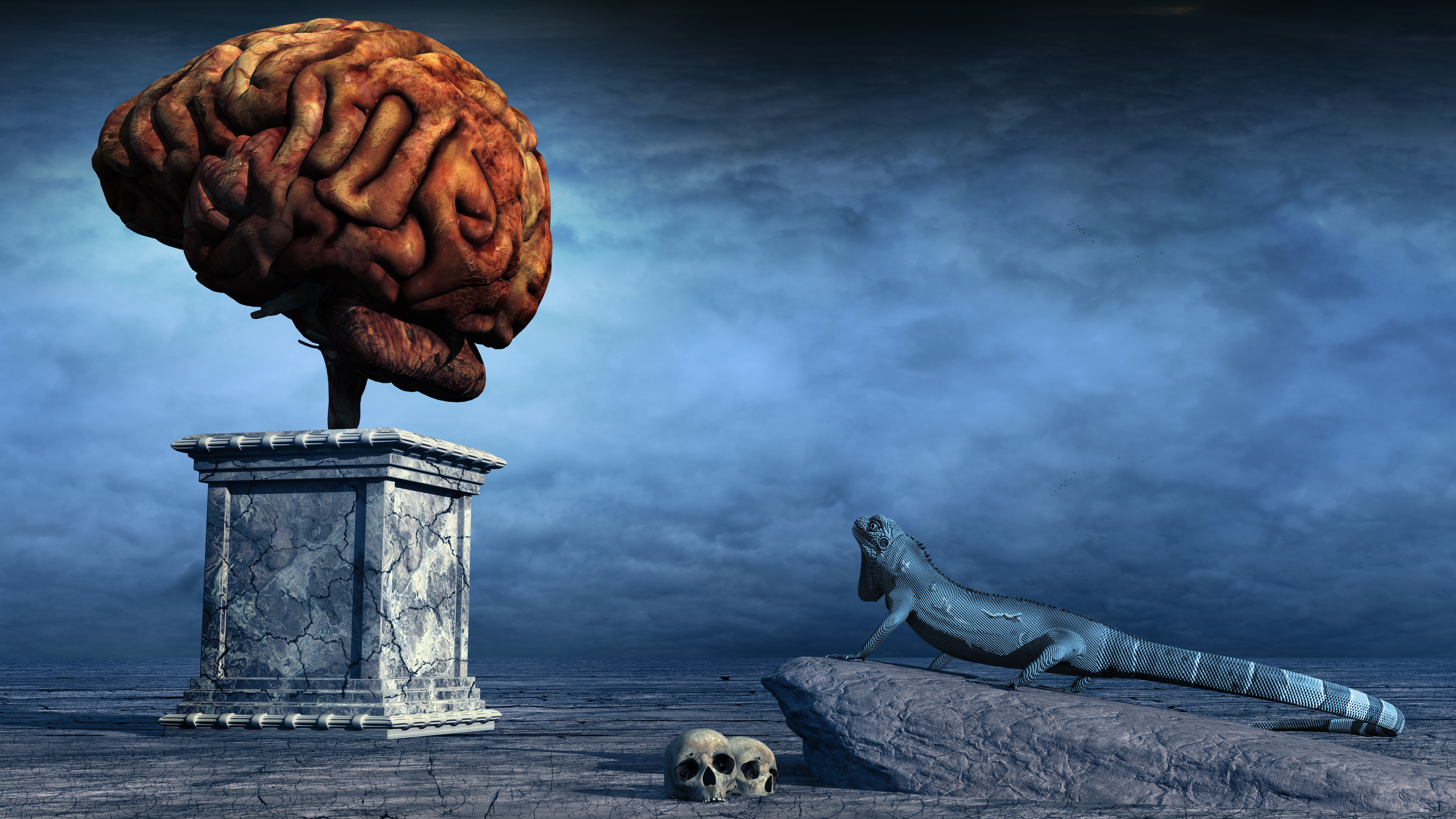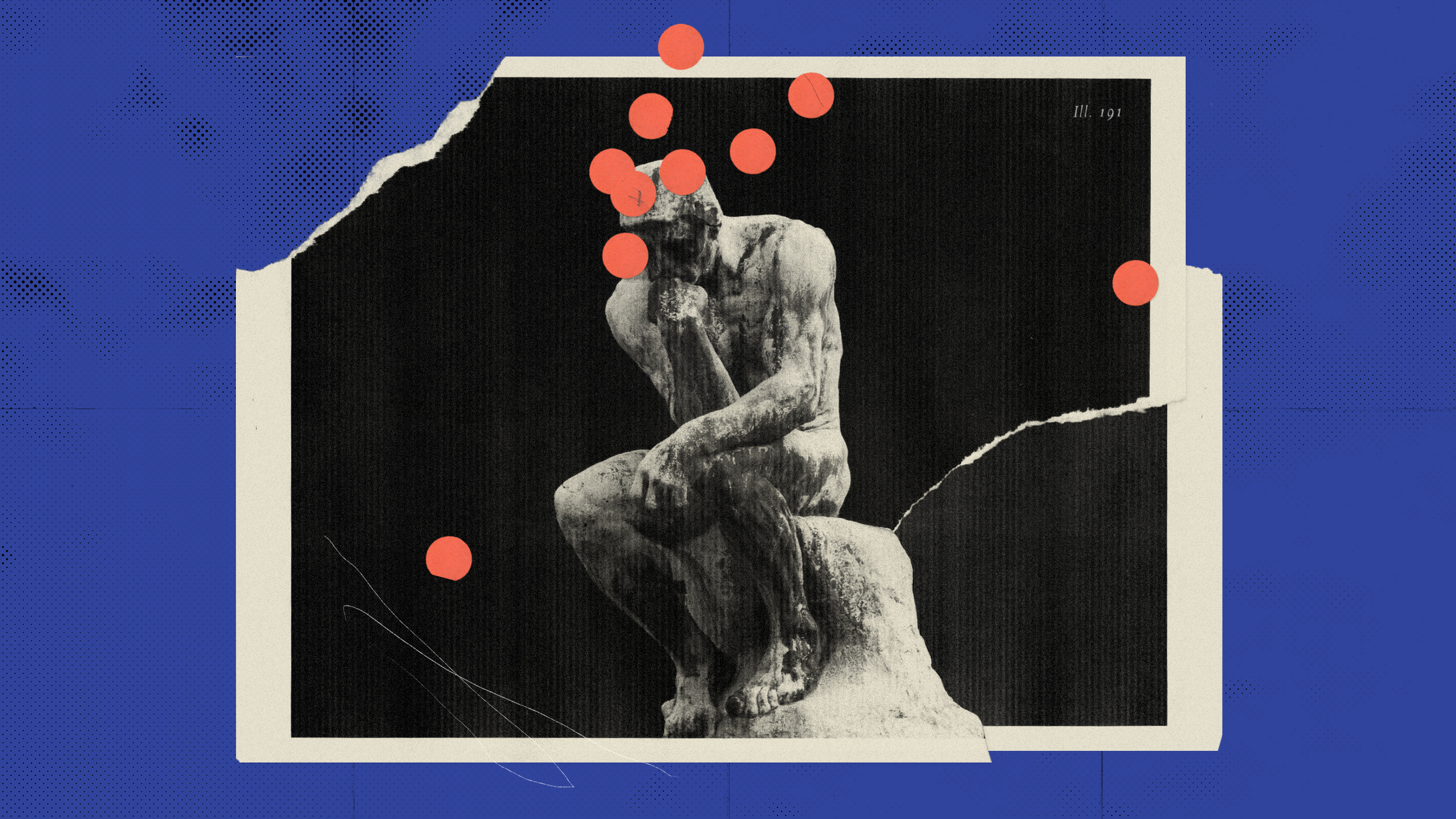7 of the most popular science books of all time

- Chaos theory, evolution and the cosmos make for an eye-opening read.
- Carl Sagan paints a sagacious picture of humanity’s place in the universe.
- Great scientists give us a glimpse into their minds and their theories.
Scientists have been sleuthing through the mysteries and secrets of the universe since humankind first started asking questions. Just what is going on in this grand amphitheater of reality? The courageous and curious sometimes leave their ivory towers to translate their arcane works into a more readable and digestible format.
Popular science books are an excellent way to get a grasp on a number of complex topics. They’re also great starting points for people looking to dig deeper and learn more of the nitty gritty of the science itself. The wonders and observations from both inner and outer space and beyond is a clarion call for the reader that seeks to know more about how things work in the world.
From Charles Darwin to Stephen Hawking and more, these popular science books are guaranteed to open up new pathways of intellectual growth and curiosity.
A Brief History of Time
Stephen Hawking jokingly said that his book the Brief History of Time, is the least-read and most bought book ever. In it, Hawking set out to give a broad overview of what he knew and supposed to know in the wide realm of physics.
He goes on to explain the Big Bang and its connection to relativity, while also examining string theory — the idea that the universe is made up of some 10 or 26 dimensions. At some point in the book, he declares that intelligent beings can only exist during the expansion phase of a universe. Hawking makes this a thrilling read for the popular science book fan, as there isn’t a single equation in sight.
On the Origin of Species
The first edition of Charles Darwin’s seminal evolutionary book, The Origin of Species, was first published in 1859. For such a massive book and game changing scientific tome, it was actually written to be read by the general public.
The central thesis and without denial, fundamental fact of reality, evolution by natural selection remains one of the most important and mind-expanding discoveries we’ve ever realized. The beginning of the book sets the scene and slowly explains the basis of natural selection, at times it feels as if this could be found in a modern biology textbook.
This revolutionary idea is even more astounding when you realize that back in the 1800s, the concept of genetics didn’t exist and there was no known science connecting the myriad of species together under one life-force. Darwin uncovered a fascinating and awe-inspiring fundamental fact of biology. It is so profound that geneticist Theodosius Dobzhansky famously once said, “Nothing in biology makes sense except in the light of evolution.”
Pale Blue Dot: A Vision of the Human Future in Space
Carl Sagan, renowned science popularizer, sets out to explore our brief foray into the infinite. In this book, Sagan suggests that the human species and all of its biosphere’s survival may depend on us spreading to the stars. Sagan seeks to show how the many scientific discoveries throughout the years has changed the perception we hold of ourselves and our place in the vast cosmos. It’s worth excerpting Sagan’s famous Pale Blue Dot quote in full, as he succinctly sums up how important cosmic perspective is for this little group of primates rotating together on this speck of blue:
“From this distant vantage point, the Earth might not seem of any particular interest. But for us, it’s different. Consider again that dot. That’s here. That’s home. That’s us. On it everyone you love, everyone you know, everyone you ever heard of, every human being who ever was, lived out their lives.
The aggregate of our joy and suffering, thousands of confident religions, ideologies, and economic doctrines, every hunter and forager, every hero and coward, every creator and destroyer of civilization, every king and peasant, every young couple in love, every mother and father, hopeful child, inventor and explorer, every teacher of morals, every corrupt politician, every ‘superstar,’ every ‘supreme leader,’ every saint and sinner in the history of our species lived there — on a mote of dust suspended in a sunbeam.”
The Selfish Gene
Before Richard Dawkins was known as an dogmatic atheist, he wrote The Selfish Gene, which would turn out to be one of the first major popular science books. It’s an incredibly poetic take on the subjects of genetics and evolution. Aside from Darwin, previous attempts to explain evolutionary processes and genetics had been largely academic and devoid of any popular understanding.
Dawkins manages to argue his idea that genes are the real drivers of evolution and a kind of immortality. To Dawkins, species and the individuals are mere vehicles for the gene, so they are in a sense just tools to propagate the gene. Before Dawkins put forth this idea, the general consensus was that natural selection hones its behavior in favor of keeping the individual creature or species alive. Try to take the idea metaphorically, as Dawkins’ The Selfish Gene tends to border on the metaphysical at times.
Infinite in all Directions
Freeman Dyson has lived a long life as an incredible scientist. In Infinite in All Directions, Dyson’s inquiries spread far and wide to the diversity of species on Earth to the infinitesimal workings of the universe and wonders about humanity’s place in the cosmological scheme of things.
Originally presented as a sequence of lectures given in Scotland in 1985, the book does tend to reference some events of the time. Most of the topics from the lecture have been reworked into book form and cover a wide breadth of disciplines. Dyson gives a special dissertative focus on nuclear disarmament as well.
Chaos: Making a New Science
James Gleick gives a cursory introduction on the actual science of chaos. After that he goes on to account for the many scientists who laid the foundation for this science. Their trials and tribulations make up the majority of this book.
Gleick manages to convey an interesting aspect of chaos theory that serves as a gateway to more advanced topics and possibly a meandering walk into game theory. The main idea is as follows: the most innocuous and minute change in initial conditions will lead to unpredictable if not drastic changes in the later output. An example of this is the oft repeated Butterfly Effect, where the flapping of a butterfly’s wings could go on to cause a storm some few thousand miles away. Chaos theory is in a sense an all-encompassing aspect of anything in existence and so touches everything from mathematics, biology and to even manmade ideals, such as finance or economics.
The Structure of Scientific Revolutions
Thomas Kuhn sought to change the cliched perspective of the diligent scientist slowly working with his bin of unquestionable facts, hypothesizing, experimenting, accumulating knowledge in incremental steps and then… aha! Discovery. No, the structures of scientific revolution doesn’t come from the status quo set of accepted scientism caste book — they emerge from what Kuhn calls a paradigm.
A paradigm is a cultural and scientific communally accepted background all scientists adhere to. It is a set of assumptions, theories, and biases in which all new scientific evidence must first pass through before new discoveries are reworked into new hypotheses about reality. Kuhn believed that what we call science is just “filling in the details,” after a paradigm has been set.
Kuhn challenges the concept of scientific process and considers it rather to be a shift of paradigms in which we radically change our view of the world. Think for example, the Copernican revolution, Einstein’s theories or quantum physics. After enough time, the paradigm will play out to its final conclusion before being disregarded for a newer and more comprehensive paradigm — that one, too, is liable to one day be usurped by more compelling arguments.





